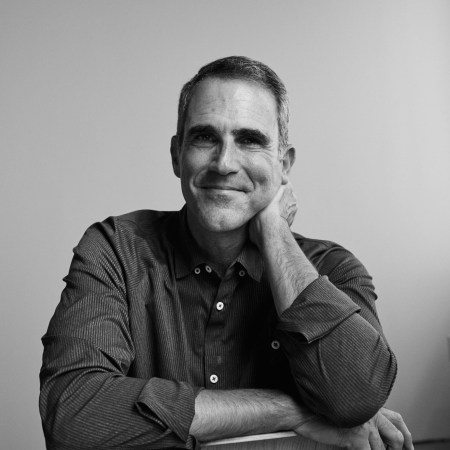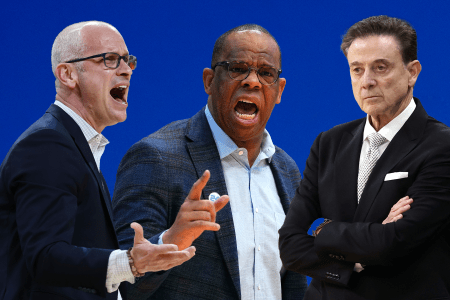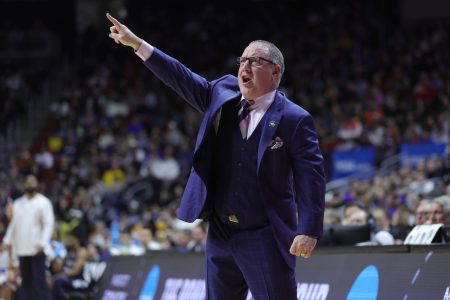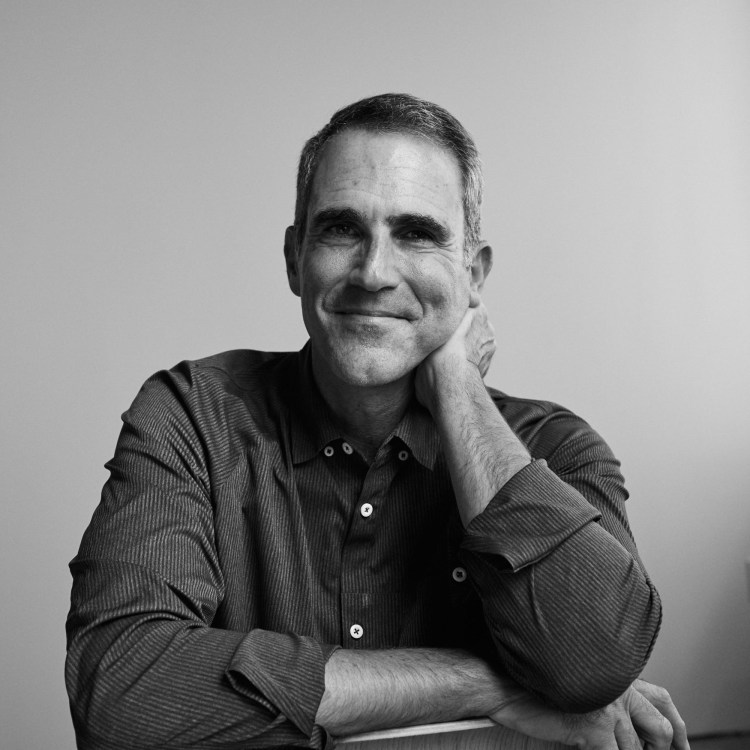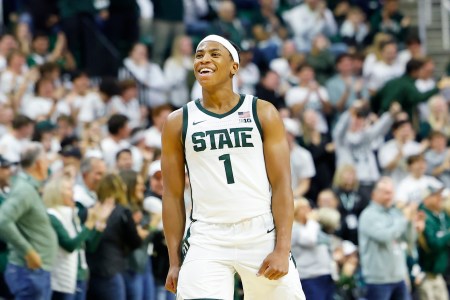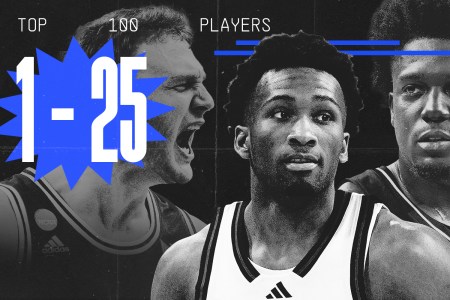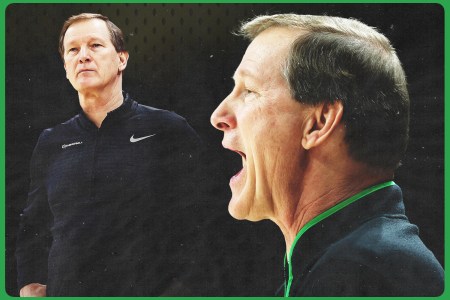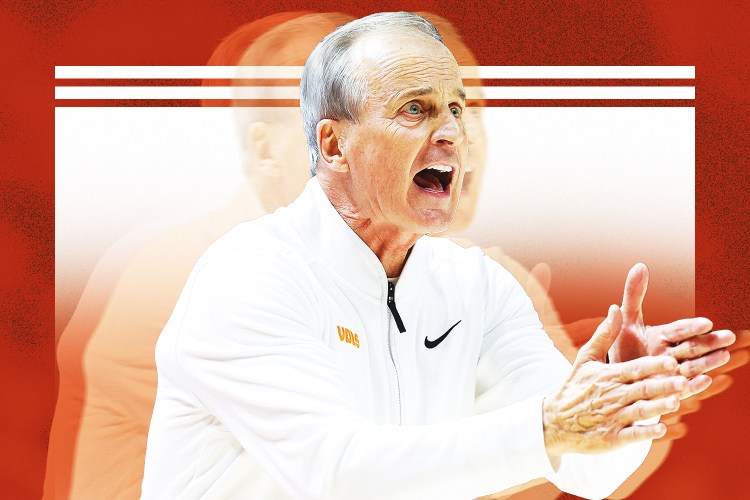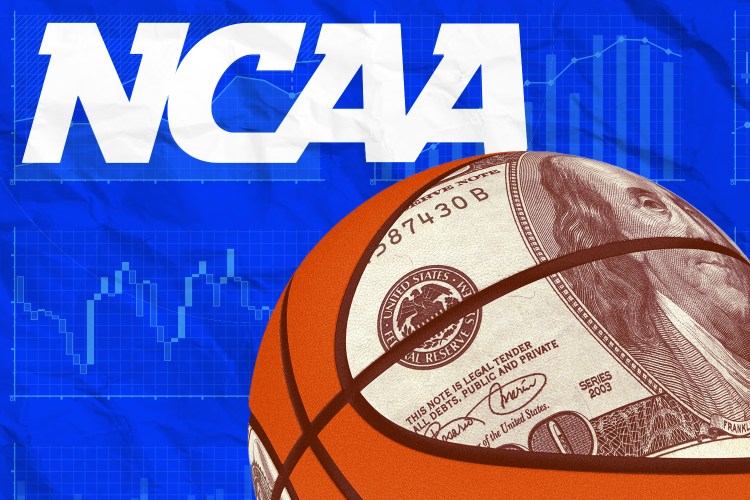One year ago, Rutgers basketball was generating considerable attention and sky-high expectations. That’s what happens when you recruit a pair of soon-to-be lottery picks in Dylan Harper and Ace Bailey. The duo was featured on magazine covers and in viral videos, providing a culture shock for this traditionally downtrodden program. The question wasn’t whether Harper and Bailey would reverse Rutgers’ fortunes, but how soon, and by how much.
Narratives, alas, are tricky. As it turned out, relying so heavily on a pair of teenagers is not a winning formula, no matter how talented they are. That’s especially true when the supporting cast is likewise inexperienced. And it’s especially true when illness and injuries strike, as they did to Harper when he caught a nasty flu in late January (he missed two games and lost 10 pounds) and sprained his ankle in February. The result was an epic washout as the Scarlet Knights finished in 11th place in the Big Ten with an 8-12 record (15-17 overall) and failed to make the NCAA or NIT Tournaments.
Now that Harper and Bailey have moved on to the NBA as expected (Harper was drafted second by the Spurs, Bailey went fifth to the Jazz), Rutgers coach Steve Pikiell is left to pick up the pieces and pivot to a better future. He has no regrets about bringing them in — every coach in the country would have done the same — but he sounds eager, and perhaps relieved, for the chance to reset his program’s identity. “We’ve had a blue collar summer, which I’m excited about,” Pikiell told Hoops HQ. “No frills. Just get in the gym and get to work.”
Seth Davis’ Top 10 Most Intriguing Coaches for 2025-26
Will Bruce Pearl run for Senate? Can Dan Hurley keep his cool? There are plenty of compelling storylines to follow for the leading men in college hoops.
For all the criticism Pikiell endured last season, Rutgers’ problem wasn’t a lack of good coaching. It was a lack of cash. His staff still does not include a general manager, and for the last year the school didn’t have an athletic director. That finally changed on Aug. 6, when Keli Zinn, formerly the deputy AD at LSU, took over. She was hired by Rutgers president William F. Tate IV, who also came from LSU and began his tenure on July 1.
Without a general manager, Pikiell was forced to negotiate directly with agents. “That’s not a good place to be as a head coach,” he said. He also fell way behind his competition when it came to raising money for NIL collectives. The lack of resources showed as Pikiell was consistently outbid in the transfer market. In 2023, he lost uber defender Paul Mulcahy to Washington and leading scorer Cam Spencer to UConn, where he won a national championship. In 2024, Pikiell lost seven transfers, including 6-foot-11 senior center Cliff Omoruyi, the school’s highest-ranked recruit to that point, to Alabama. This year, Rutgers lost six transfers, including 6-foot-5 senior guard Jeremiah Williams (Georgetown), 6-foot-5 junior guard Jordan Derkack (Dayton) and 6-foot-10 freshman center Lathan Somerville (Washington). Those three combined for 51 starts.
The financial shortfalls weren’t a problem for Harper and Bailey, who were able to generate their own endorsement deals, but they are not easily fixable for an athletic department that faces a deficit north of $70 million. “In this day and age, it’s tough to not have a great budget,” Pikiell said. “But it is what it is. We have to keep moving.”
Like a lot of coaches in his position, Pikiell is hoping that the new revenue sharing model, which sets a de facto national salary cap of $20.5 million across all sports and limits NIL payouts, will level the playing field somewhat. “I’m hoping the new system brings things back to normal ranges,” Pikiell said. “I think 80 percent of us coaches would say that, if they were honest with you. The other 20 percent wouldn’t want to change a thing. If I had $10 million, I would want to keep the system the way it is, too.”
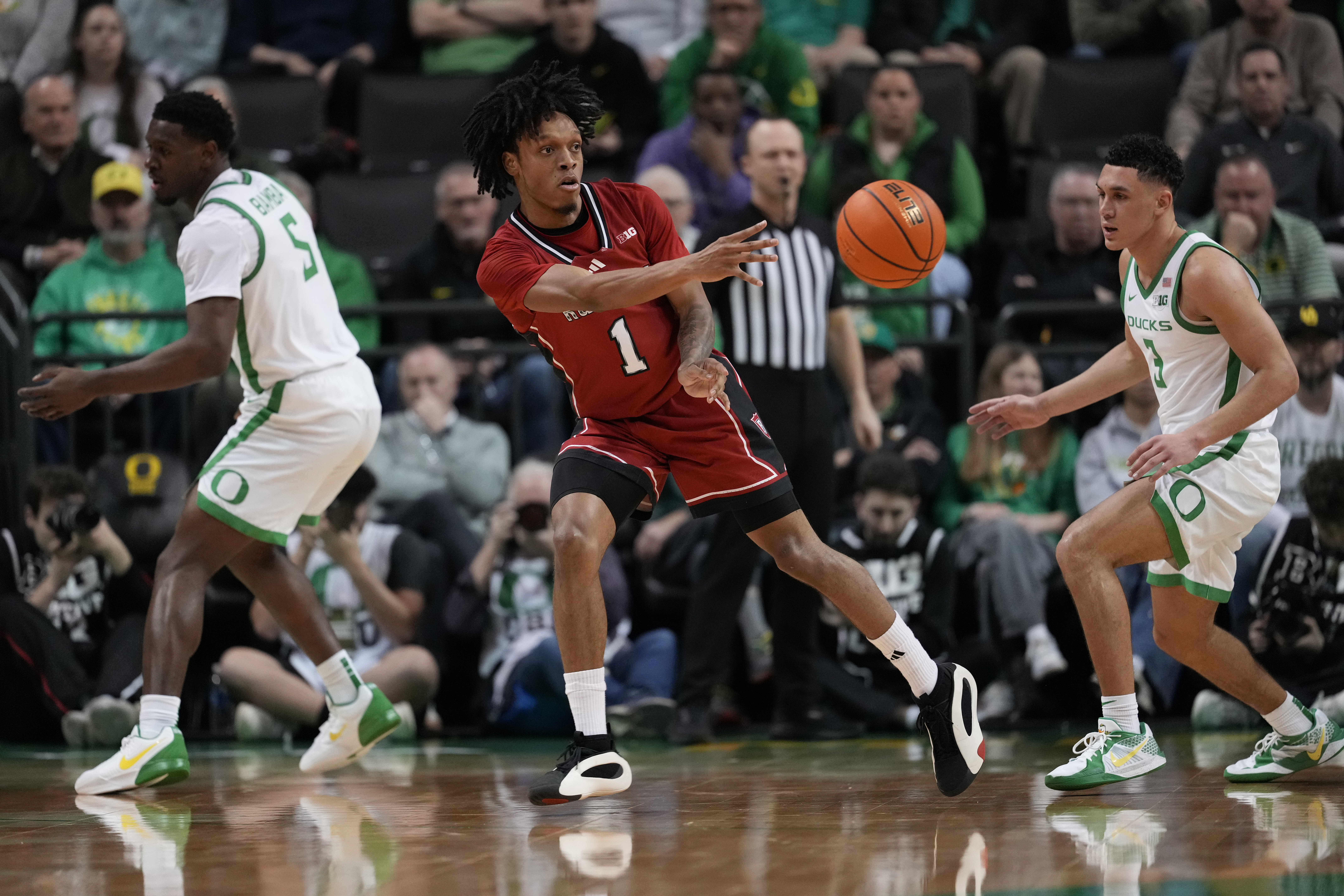
Despite all these challenges, Pikiell has assembled a roster that he believes will represent a major upgrade. Though the Scarlet Knights lost six of their top seven scorers, they return three players who started multiple games in 6-foot-2 junior guard Jamichael Davis, 6-foot-8 sophomore forward Dylan Grant and 6-foot-10 senior center Emmanuel Ogbole. Pikiell’s 11 newcomers includes a pair of four-star freshmen in Chris Nwuli, a 6-foot-7 forward from Dallas, and Lino Mark, a 6-foot-2 guard from Sherman Oaks, Calif., as well as three transfers. One of those, 6-foot-11 forward Baye Fall, was a McDonald’s All-American out of high school but is now on his third school in three years after playing a total of 71 minutes for Arkansas and Kansas State.
The two most intriguing additions are international players. Harun Zrno, a 6-foot-7 forward from Bosnia, decommitted from Indiana after Mike Woodson resigned and signed with Rutgers in April. Zrno, who averaged 17.5 points, 3.6 rebounds and 3.6 assists for KJ Slavija, is classified as a freshman but he is 21 years old. A month after Zrno committed, Rutgers landed Denis Badalau, a 6-foot-8 forward from Romania who is 18.
Emphasizing international recruiting is another tactic that many coaches like Pikiell are using to overcome financial disadvantages. “In the past, kids were making more (money) over there than here, but (revenue sharing) has opened up a new avenue,” Pikiell said. “Last summer, I went to Hungary to watch Dylan Harper play for USA Basketball and there were probably six coaches there. This year, I sent my assistants back to the Under 19’s, and there were 300.”
Last season, Rutgers was ranked No. 116 in adjusted defensive efficiency and No. 302 in defensive rebound percentage, per KenPom. Those were by far the lowest ranks in those categories during Pikiell’s nine years in Piscataway. He put together his current team with the intention of rectifying that. “We scored a lot last year, but we didn’t defend much. We want to get back to that,” he said. “We’re deep. I’ve got some older guys. We’re very big and physical. We have some guys that are men. We’re not as sexy as we were last year, but we’re a little more blue collar.”
Big Ten Roster Reshuffle: The Current State of Every Team’s Lineup, Part I
There’s a massive amount of turnover, partly because of four new coaches and a lot of graduating seniors
When asked where he sees his program in the next two to three years, Pikiell chuckled and replied, “I’m just trying to get to Tuesday.” He recently returned from a long-overdue vacation with his family to Greece (“I haven’t seen the sun in 14 months”) and has an appointment to meet with his new AD on Tuesday. It remains to be seen whether that meeting will herald a new era for Rutgers basketball, but a new season is fast approaching, and this time Pikiell is hoping for a better result.
“We’re getting back to what made us really good — over-evaluating, developing guys, making guys better,” he said. “We have the athleticism and size to be excellent defensively and get back to rebounding. I haven’t seen anybody else, so I don’t know what other teams have, but if we can stay healthy, we will one thousand percent surprise a lot of people.”
